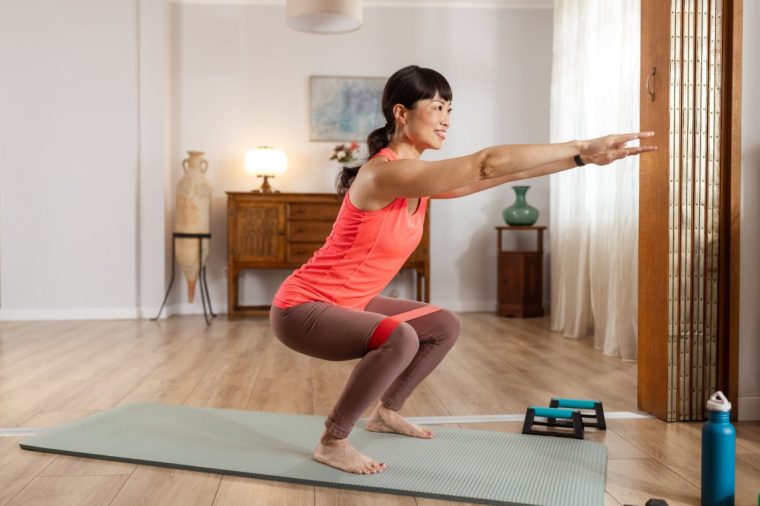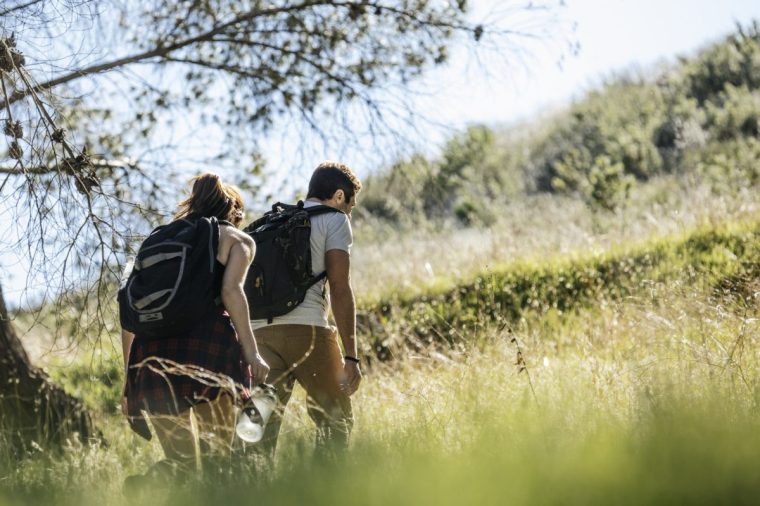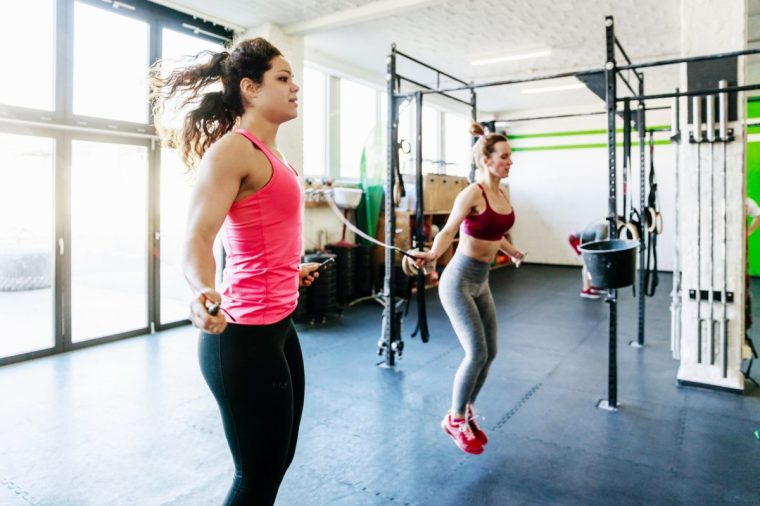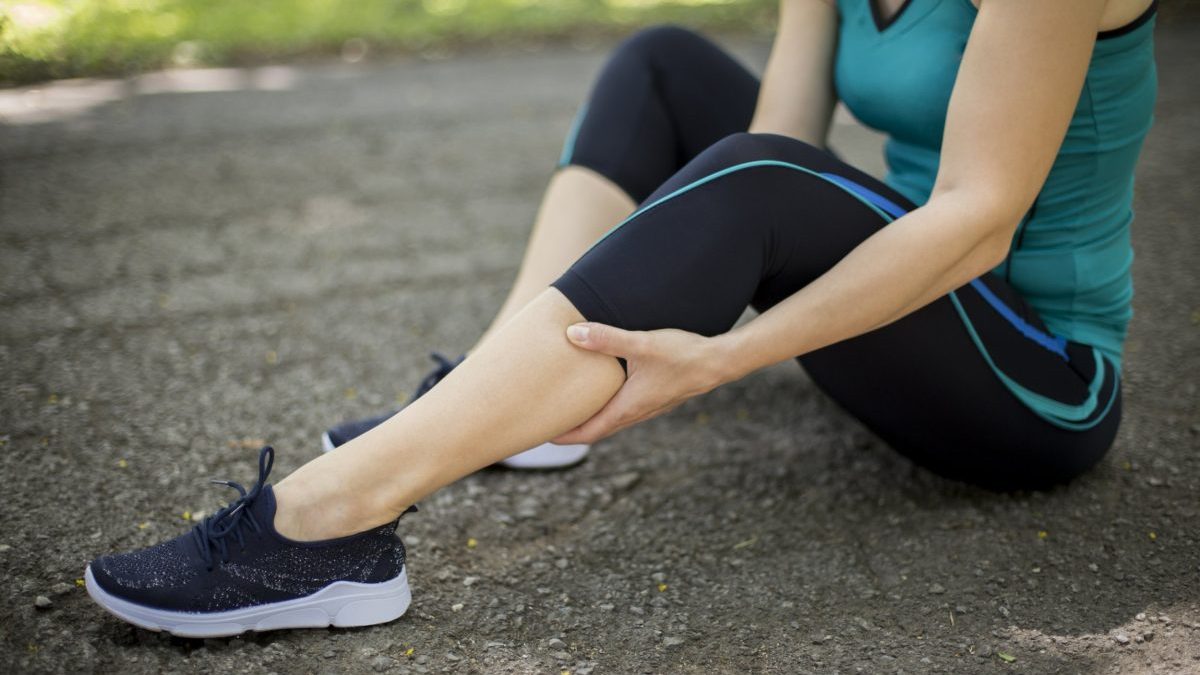Research has shown that small calves may be linked to poorer cognitive function and muscle loss in later life. Physiotherapists reveal how to strengthen them
When working on your legs, some people focus solely on the powerful muscles in the thighs, while overlooking the importance of the calves, which experts say is a mistake. Not only are these muscles vital for propelling your body forward, posture and stability, but studies show that weak calves may be linked to cognitive decline.
A study published last month suggested that individuals with small calves may have poorer cognitive function. The researchers found a high prevalence of sarcopenia (age-related muscle loss) reported in patients with dementia. A chronic low-grade inflammatory state often accompanies sarcopenia, and inflammation has been confirmed as a significant risk factor for cognitive decline. Calf circumference is currently recommended as a marker for sarcopenia, suggesting that smaller, weaker calves may be a predictor of muscle loss in later life.
Dr Esther Fox, a chartered physiotherapist with 20 years of clinical experience, is unsurprised that weak calf muscles are linked to cognitive decline, as her PhD clinical research examined the use of exercise to improve walking in people with neurological conditions.
Fox explains: “Your calf muscles are one of the major muscle groups involved in walking and mobility. One of my primary objectives in clinical practice is to maintain people’s mobility for as long as possible. Walking is key for a number of health outcomes, including metabolic and cardiovascular health and remaining independent.”
 Experts say deep squats leadsto an increase in calf muscle size and strength (Photo: Maca and Naca/Getty)
Experts say deep squats leadsto an increase in calf muscle size and strength (Photo: Maca and Naca/Getty)
The calf muscle is composed of two distinct muscles: the gastrocnemius and the soleus. The gastrocnemius is the larger muscle, visible beneath the skin, while the soleus is a smaller muscle that lies beneath the gastrocnemius. These muscles taper into the Achilles tendon, which inserts into the heel bone. Together, these muscles enable essential movements and provide stability to the ankle joint.
The good news is that strengthening your calf muscles does not need to be hard work, nor do you need expensive equipment. Read on to discover what experts recommend for strengthening your calves.
Standing calf raise
Fox recommends calf raises, as they are one of the most effective exercises for building strength and size in the gastrocnemius and soleus muscles. They can improve ankle stability and mobility and reduce the risk of Achilles heel injuries.
To perform a standing calf raise, stand with feet hip-width apart, either flat on the floor or with the balls of your feet on a slightly elevated surface (like a small step or block). Rise onto your toes, pushing through the balls of your feet, lifting your heels as high as possible. Pause briefly at the top, squeezing your calf muscles. Slowly lower your heels back down, controlling the movement as you do so. Aim for 2-3 sets of 10-15 reps, with rest periods of 30-60 seconds between sets. If you’re new to calf raises, start with two sets and gradually increase the number as you become stronger.
Fox does calf raises daily but says: “The number of repetitions you do will depend on your level of pain and weakness. The Achilles tendons do not like sudden changes in load so all strengthening exercise for tendons is gradual and incremental.”
Seated calf raise
Professional athlete-turned-physiotherapist Joe Edwards says the seated calf raise is more effective at targeting the soleus muscles than other exercises.
Begin seated on a chair or bench with balls of your feet and toes on a yoga block (or another elevated surface). Keep your spine straight and shoulders back (not hunched or rounded). Using a slow and controlled tempo, push through your toes and lift your heels as high as you can. Slowly lower heels and return to start. Repeat for three sets of 12 to 15 reps.
Uphill walking
Fox recommends hill walking or hiking as an excellent exercise for strengthening the calves. The steeper the incline, the more your calf muscles have to work.
 Hiking uphill can lead to increased calf muscle mass, improved endurance and reduced risk of injury (Photo: The Good Brigade/Getty)
Hiking uphill can lead to increased calf muscle mass, improved endurance and reduced risk of injury (Photo: The Good Brigade/Getty)
The incline and uneven terrain of hiking engage the calf muscles, particularly the gastrocnemius and soleus, as you push off the ground and navigate varied landscapes. This can lead to increased muscle mass, improved endurance, and reduced risk of injury.
Eccentric heel drops
This exercise can help gently strengthen and lengthen the muscles in your calf, according to Edwards.
Stand on a stable elevation, like a stair step or a thick weight plate. Hold on to something for balance. Raise your heels and extend your feet by using both your legs. Lift one leg, and lower yourself with control, standing on only one foot. Start with 10 eccentric heel drops on each leg. If you find that difficult, you can alternate, one on the left and one on the right, and then back to the left, so you get a little rest in between each one.
Skipping
Edwards says skipping “isn’t something you should leave in your childhood, as the exercise forces you to go up and down on your toes, firing up your calf muscles”. Since jumping is also a cardiovascular activity, incorporating this exercise into your schedule can improve both your endurance and leg strength simultaneously.
 Skipping can improve both your endurance and leg strength simultaneously (Photo: Hinterhaus/Getty)
Skipping can improve both your endurance and leg strength simultaneously (Photo: Hinterhaus/Getty)
In one of the few research studies on skipping, scientists found that children who used jump ropes as part of their physical training improved their balance and motor coordination compared to those who didn’t. If you don’t have a skipping rope, Edwards recommends hopping on one leg for 10 seconds at a time, gradually building up your strength and endurance.
Elevated squats
Personal trainer and sports scientist Georgia Garlick recommends a variation on the classic squat to build up your calves: an elevated squat using dumbbells or a folded yoga mat to elevate the heels. “This allows you to get deeper into your squat, which is particularly useful if you have poor ankle or hip mobility. The deeper you can go, the more muscle fibre recruitment, which leads to an increase in muscle size and strength.”
Place a dumbbell or a folded yoga mat under your heels. Stand with feet shoulder-width apart. Lower your body as if sitting back into a chair, keeping your chest up. Descend until your thighs are parallel to the ground, or as low as comfortable. Push through your heels to return to the starting position. To build leg muscle with elevated squats, aim for 3-4 sets of 12-15 repetitions per set.
Jumping lunges
Garlick says: “When done correctly, jumping lunges target the glutes, quadriceps, hamstrings, hip flexors, and calves. You will also engage muscles that stabilise the core and hips, those that are used for rotational movements, and even improve ankle stability.”
With your feet shoulder-width apart, core engaged, and shoulders back, step back with your left leg and lower it. Keep the weight on the ball of your back foot, front foot flat. Jump up to switch legs in mid-air, left leg forward, right leg back; land with both knees at 90 degrees. Keep switching legs without allowing your knees to move out of line; ensure your front knee remains aligned with your front foot. Start with a few reps and work up to a full 60 seconds.

